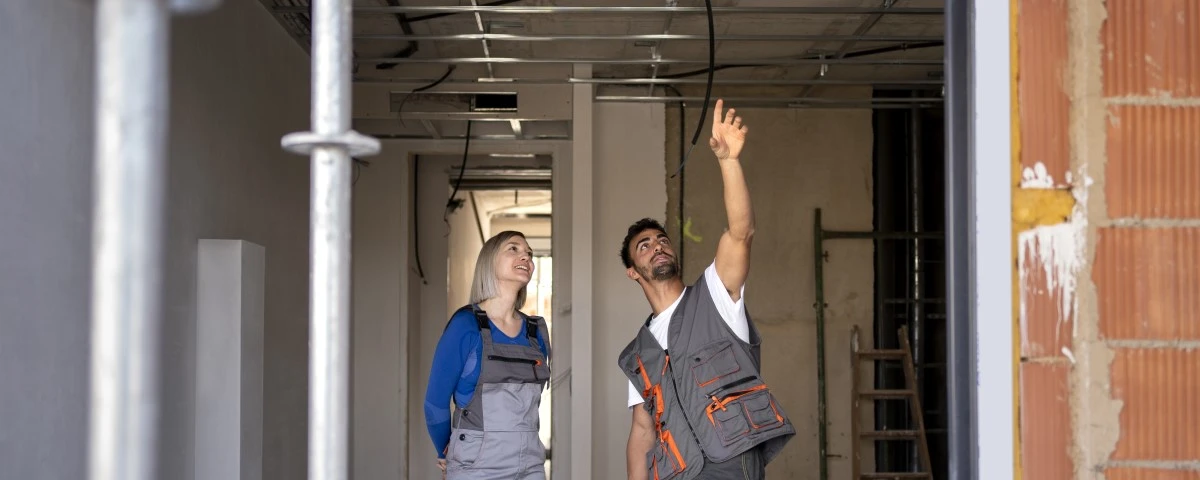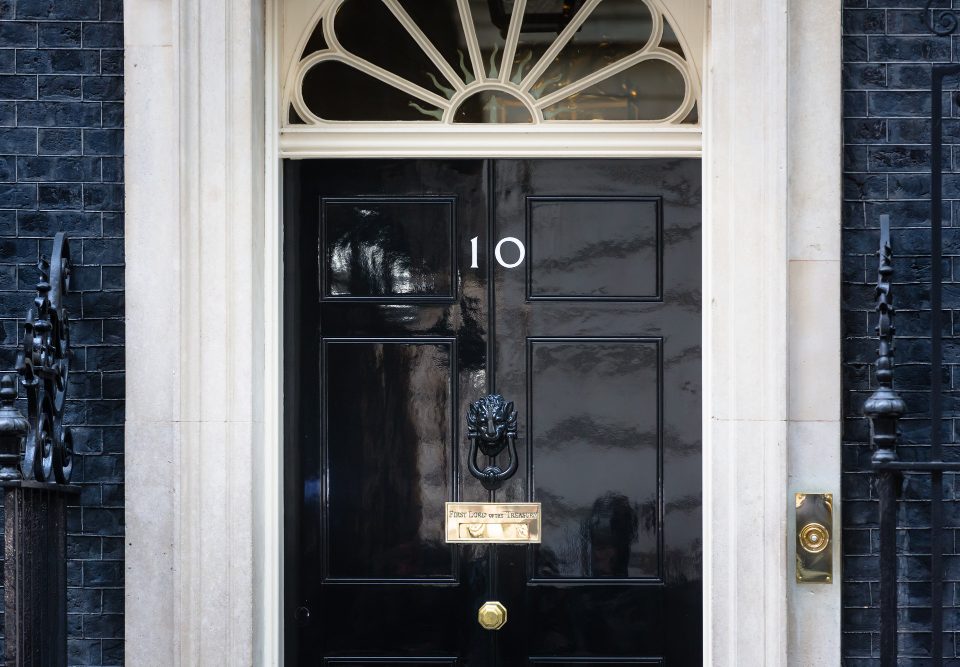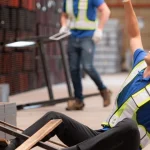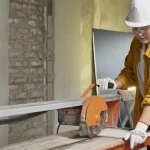If you work in the construction industry, there’s a few changes in the pipeline which you need to be aware of. Businesses which operate through the Construction Industry Scheme (CIS) are soon to be required to change the way they handle their VAT.
The VAT reverse charge for building and construction services was due to come into effect on the 1st October 2019. However, to best prepare businesses ahead of the changes, the arrival of this legislation has been pushed back to the 1st October 2020, adding a year’s delay to the original implementation date.
What is the VAT reverse charge?
The VAT reverse charge was created by the EU, to simplify trade within the single market. It moves the responsibility for the reporting of a VAT transaction, from the seller to the buyer of a good or service.
Where the reverse charge is applicable, the recipient of the goods or services reports both their purchase (input VAT), and the supplier’s sale (output VAT) in their VAT return. Although the input and output VAT figures cancel each other out, it gives full transparency of the transactions.
How will the VAT reverse charge affect the construction industry?
The VAT reverse charge for building and construction services shakes up how VAT is handled for a range of services, as well as the materials involved in providing these services.
The scheme means that any contractors supplying a construction service to a VAT registered customer will bear no responsibility in accounting for the VAT. This responsibility now shifts to the customer, they will have to account for the VAT and send this on to HMRC.
Why has the VAT reverse charge been introduced?
The VAT reverse charge has already been rolled out in several different sectors, such as telecommunications and mobile phone services. The construction industry is now the next industry scheduled to be impacted by the VAT reverse charge.
The VAT reverse charge has been designed to prevent construction businesses from charging VAT on the supply of their services, and then disappearing without paying this tax back to HMRC.
These businesses only last for a few months at a time before closing, owing HMRC tax. This is often referred to as ‘missing trader fraud’, where construction businesses are formed for the purpose of retaining VAT. HMRC has estimated that over £100m is lost every year due to this activity.
By passing the responsibility of the VAT payment down the chain to the buyer, this acts as a preventative measure against fraud.
Who does the VAT reverse charge affect?
The VAT reverse charge for building and construction services shakes up how VAT is handled for a range of services, as well as the materials involved in providing these services.
It acts as an extension of the CIS, as it is exclusive to VAT-registered businesses who are also registered with the CIS, using this to report payments. The primary parties concerned are CIS-registered contractors and subcontractors.
It is exclusive to the supplies used when providing construction services to other businesses in the construction sector, these services include the following:
- Painting and decorating.
- Installation of systems such as lighting, power supply, heating, fire protection, drainage, ventilation, water supply and sanitation.
- Construction, repair, extension, demolition and dismantling of buildings.
There are exclusions to be aware of, as the legislation doesn’t apply to the following parties:
- End users, such as workers
- Landlords and tenants
What can I do to prepare?
As this is a major update to VAT compliance, you must either amend your current systems and procedures, or implement a new set of systems and procedures ahead of the 1st October 2020 deadline.
HMRC has provided the following guidelines:
- Look at whether the reverse charge affects your purchases, sales or both.
- Ensure your accounting systems are updated and can process the reverse charge.
- Determine whether the changes will have an impact on your cash flow.
- Ensure any involved staff are up to date with the changes and have received sufficient training regarding the VAT reverse charge.
However, don’t panic. HMRC accept that implementing changes to working practice can cause confusion and difficulty. Therefore, HMRC have applied a 6-month cooling off period where a lighter approach will be made to any errors. This will be the case if you have tried to comply with the new legislation.
Any malpractice will be dealt with severely, including the application of penalties.
Your next steps
VAT is a topic that can quickly become complex, so it’s important to have a helping hand if you need one. We’re experts in tax, so you’re in the right place if you need advice and guidance.










